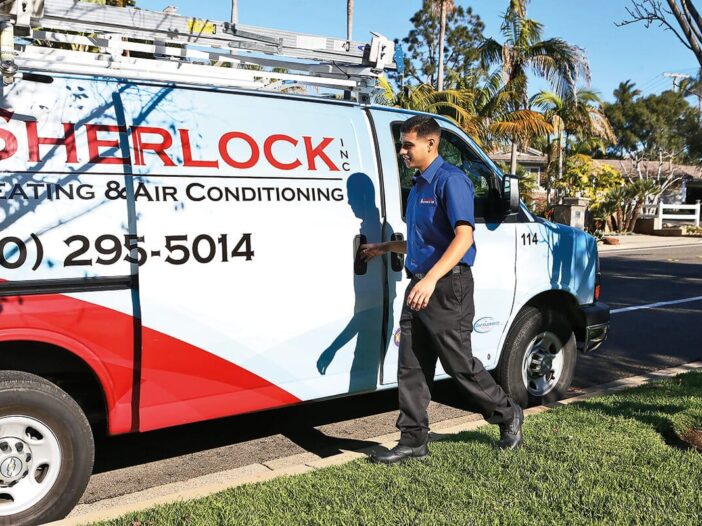
Assuring guest house comfort for overnight visitors is entirely possible during the summer months by using your current HVAC system or using smaller, room-sized equipment. Today’s cooling products are energy efficient, easy to install and effective and designed for multiple situations.
A Separate Building
The easiest and most energy efficient way to cool a separate guest house is with a ductless mini split heat pump. Mini splits don’t require any ductwork — leaving more livable square footage — are simple to install, and provide exceptional cooling and heating efficiency.
If the guest house is small, consider cooling it with a wall, window, or portable air conditioner. These units provide cooling in rooms as small as 150 square feet. If you live in a neighborhood with a homeowner’s association, be sure that they allow window or wall air conditioners. Many do not, since the exterior portion of the air conditioners can be visible from the street.
Portable air conditioners need exterior venting, but they use a nonpermanent hose or vent that can be installed in a location discreet from the street. Once your guests leave or cooling season is over, simply remove the hose.
Guest Suite Inside Your Home
Some homes in the area have separate guest suites as part of the home’s footprint. Options for guest house comfort include all the options for standalone structures, or you can:
- Extend the existing system. If the guest area in your home isn’t serviced by your current HVAC system, your contractor can determine if it has enough capacity to cool the guest area.
- Install a zoning system. Zoning your home involves dividing it into separate areas and putting each one on its own thermostat. A zoning system lets everyone select their preferred temperatures for maximum comfort. You can also shut the entire guest suite off when it’s not in use, which saves energy.

